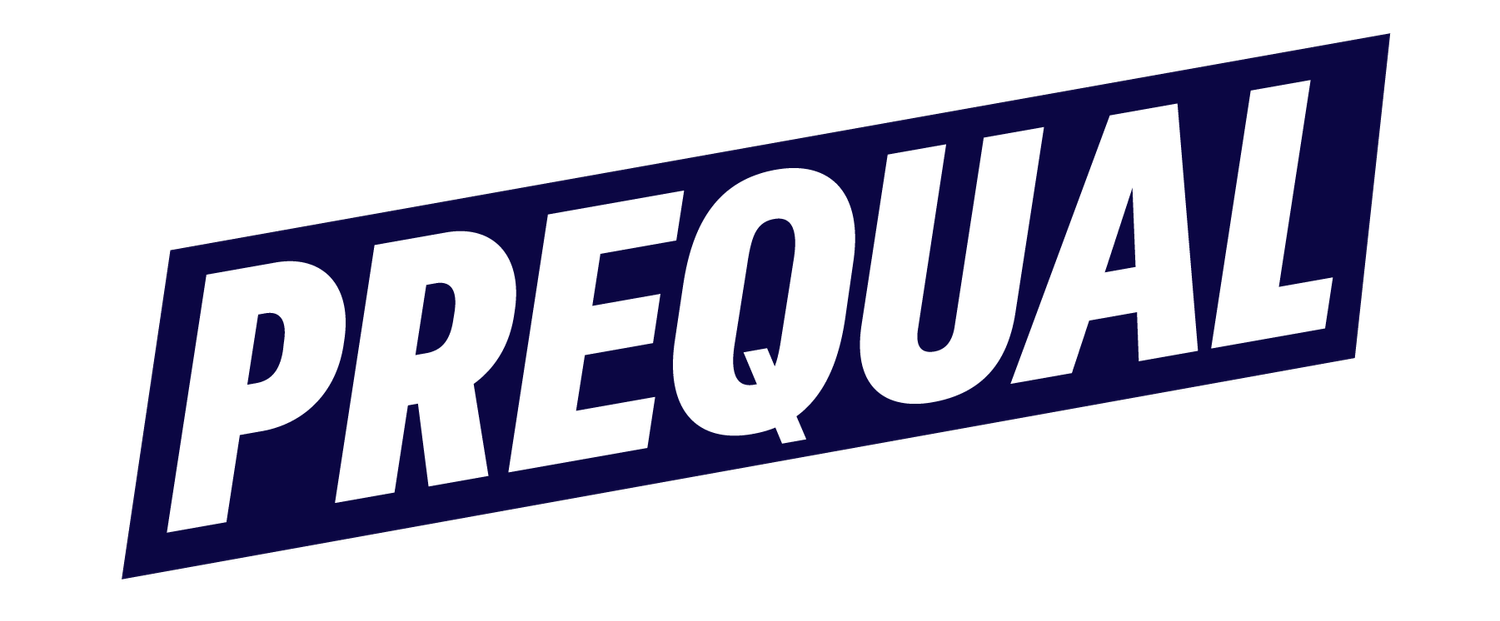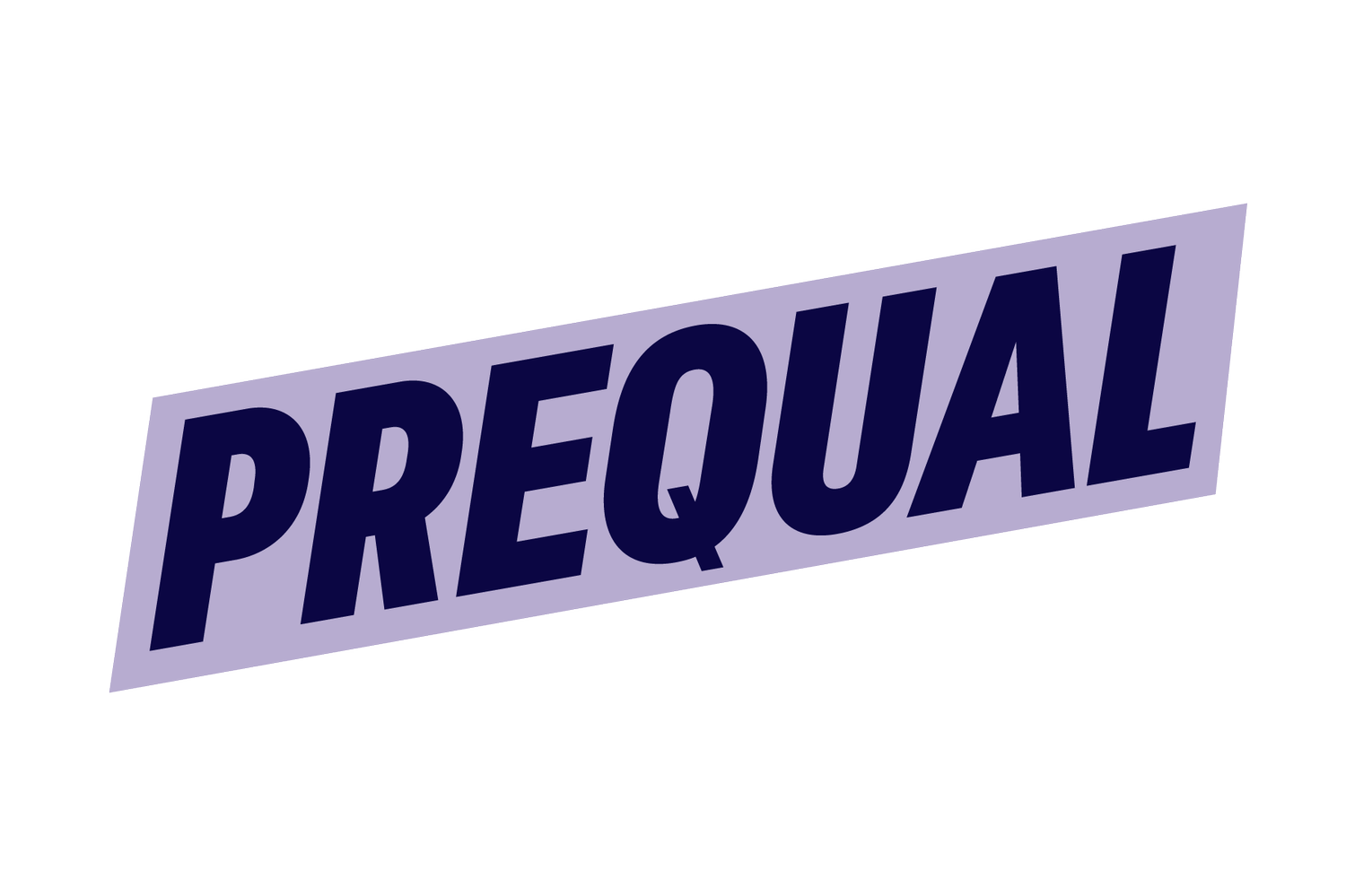7 SEO Techniques That Will Increase Search Traffic Overnight
In a world that searches everything on Google, the ongoing responsibility of SEO often gets too little attention, especially for small business owners who must do much of the work on their own. And of course, SEO needs not only attention but resources too. It is essential for businesses, but especially small business owners to apply some budget to this vital aspect of marketing.
In working with many small business clients, the below list is where I focus my time to help businesses rank respectably in searches. It is an unfortunate fact that bigger brands will almost always come up before the small mom-and-pop shops, but that doesn’t mean it has to constrain your business. The search listings that begin right below the top brands? This area is a search engine goldmine, and you’ll realize a healthy return on any SEO investment if you can manage to end up here.
Off-page SEO
Off-page SEO refers to anything on the web, not on your website, that redirects people to you. That includes Google Business, Yelp, Bing, and other blog and review sites that might send referral traffic your way. Amazon is a wizard at this – they pay thousands of third-party sites to post product reviews in every imaginable retail category from gardening to cosmetics. Those reviews contain links to Amazon products. Because of it, all online roads seem to lead to Amazon. Most of us can’t do things at Amazon scale. Fortunately, we don’t have to.
Backlinks and articles on and off your website provide referral traffic. This boosts your credibility with search engines. Engines “trust” sites with higher domain authority and the algorithms favor them, which builds further trust with end-users. That’s why if your URL shows up on a trusted site, yours is trusted by proxy. Soon enough you will have domain authority too.
I recently had a client that had no off-page SEO. When I searched the company name online, they ranked fifth. Once these profiles were set up, they ranked back at number one, where they should be. You can use SEMrush or Google Search Console to assess backlink profiles.
Titles
“Titles” refers to page titles, also known as “website titles” or “HTML titles.” Whenever you conduct a search, the title becomes a clickable link to a webpage that appears on the list of search results. Try to keep these under 70 characters. You don’t want the title getting cut off.
Avoid using acronyms unless they are commonly known and searched, like SEO or FBI. Lengthy and uncommon acronyms tend to confuse search engines.
Make sure all page titles are different on your website, duplicate page titles can score against you.
Images
Images and icons make articles and websites more appealing to viewers. Quality images throughout an article have the tendency to decrease the bounce rate and increase time-on-page (i.e., keeping people on pages longer, means they are reading/engaging with the content). Images are also becoming more important now that visual search is becoming more popular.
Don’t forget to optimize image sizes. This is a big one. Often business owners get high-resolution images from photographers and don’t think to resize them before using them on websites. An image too large will slow down the page load time. Too small, and images may appear pixelated, which is often associated with websites that aren’t secure. 700-800 pixels wide is a good rule of thumb, 72 DPI.
The content of the photos is not yet relevant with SEO, but just like the old newspaper editors always said…some will perform better. Faces and people always do better than random stock images. This is about how the human brain naturally focuses on images that produce a pleasure response. We like good composition, faces we know, and a variety of colors and textures.
And maybe most importantly, to comply with the ADA, images need to be described with a title and meta description, this may be one of the hidden issues on your website that is causing a larger hit against you SEO-wise. It is important that your website is accessible to people with disabilities.
Meta Titles and Descriptions
Meta titles are different from page titles and meta descriptions are not simply a description of the article. With any article or page, this is what Google sees. It provides the easiest way to influence rank. The goal is to summarize the contents of a page with keywords the page is targeting. Characters should number from 120-160. The meta description should compel the user to click through to your site, so include brief statements or questions that echo their searches. When blog post pages are shared, social networks like Facebook, Google+, or LinkedIn draw from meta descriptions.
URL Optimization
To the extent possible, an URL should be simple, short, and easy for a search engine to tell what the page is about. This also helps users know what to expect and will allow them the ability to flag for later review. To correctly render in all browsers, URLs should not exceed 2000 characters.
This is an example of a bad URL:
www.theprequal.com/aX_d73jdpm09
This is an example of a quality URL:
www.theprequal.com/blogs/7-seo-techniques-increase-search-traffic
Always use full words, separated by hyphens, and don’t use random characters.
Last, don’t forget to add a favicon to your website. When users have multiple browser tabs open, favicons help users to find their way back to your website. Easy, low-hanging fruit.
Keywords
Think like your customers. What would they search to find your content? Use words and terms your business community recognizes. They don’t necessarily know the terms you use in your internal culture, especially ones you’ve coined, such as abbreviations or kitschy language.
How do you use a keyword? Ideally, the targeted keyword(s) or phrases should be used in the title of your article or webpage. They should also appear a few times throughout the article or page, organically. Don’t forget about the meta description and title! Make sure you are using those same keywords in the meta description and title of the backend of the website too. The meta section is almost as important as what is on the web page itself and can really help to boost a webpage’s search performance.
Using a keyword research tool like Google Keyword Planner or SEMrush can take your keyword strategy to the next level. This can help you identify “opportunity” keywords, ones your website currently ranks for, and you can double down on a strategy and lift your page to the top of any search engine. And remember, optimize appropriately without keyword stuffing.
“Keyword stuffing” refers to the practice of loading a webpage with keywords or numbers in an attempt to manipulate a site’s ranking in Google search results. (Google Search Central)
Word Count
The ideal word count for a searchable, traffic-inducing article is between 800 and 1,000 and it’s trending closer to 800. Add paragraph spacing and sub-headings so readers can digest smaller bites and skim the material. Use punchy sentences with no more than two or three clauses. Use adjectives and adverbs sparingly, adding more “fluff” isn’t always better. Web readers and researchers already have to filter out enormous amounts of information as it is, so this helps them do it.
Last, use a spell and grammar check tool like Grammarly, not surprisingly, having typos on your website, tells Google that you are not trustworthy and will score against you, and can be quite embarrassing.


